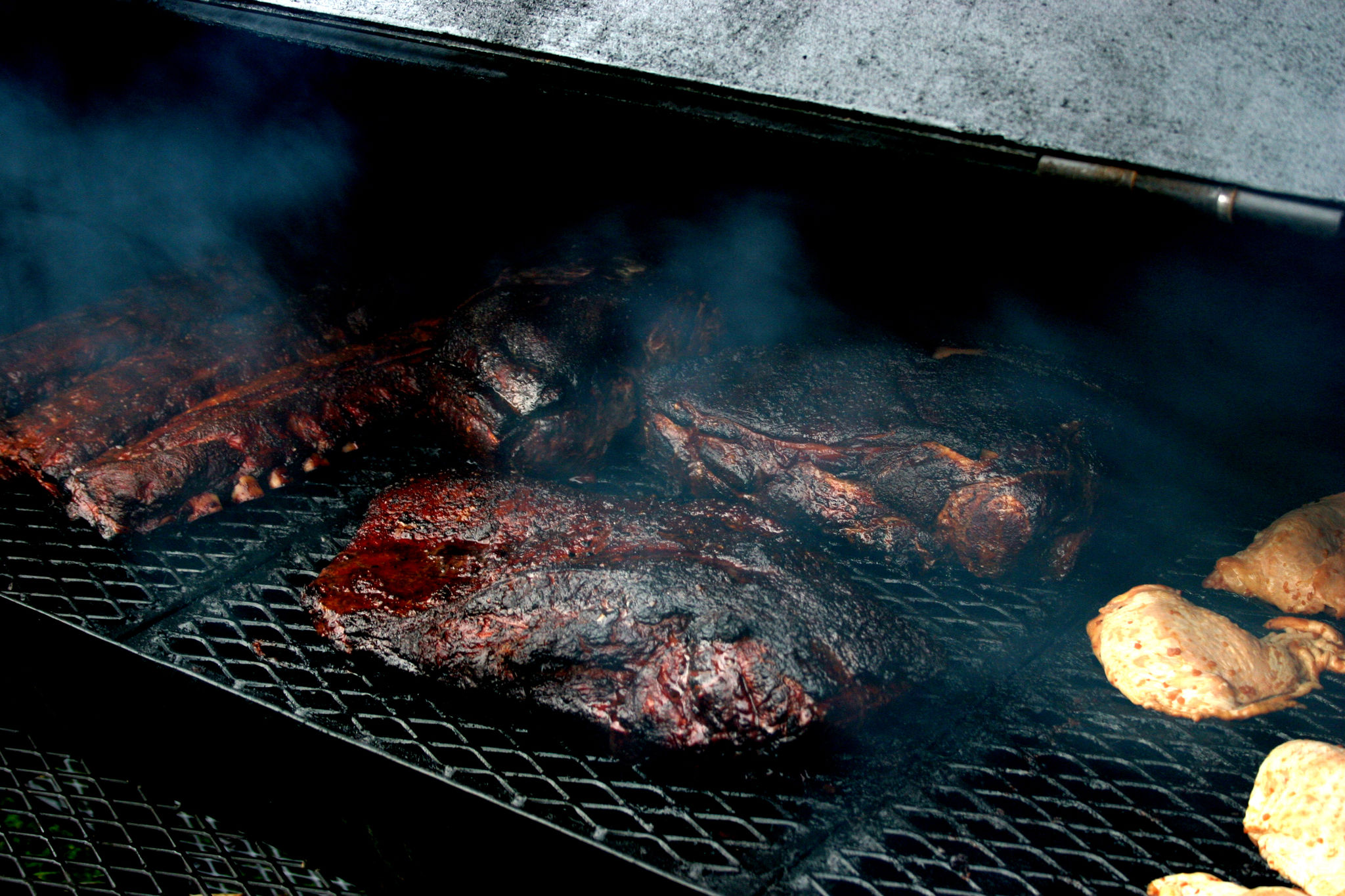How to Use Historical Cooking Methods for Modern Day Feasts
Rediscovering the Art of Open Fire Cooking
In today's world of instant gratification and high-tech appliances, the art of cooking over an open flame is often overlooked. Yet, this age-old method can infuse your modern-day feasts with rich flavors and a touch of nostalgia. Open fire cooking doesn't just involve throwing some meat on a grill; it's about mastering the control of heat and utilizing the smoke to enhance the natural flavors of your ingredients.

To get started, consider building a simple fire pit in your backyard or investing in a portable fire bowl. The key is to use hardwood like oak or hickory, known for their ability to burn slowly and infuse food with a smoky aroma. Ensure you have the right tools such as long-handled tongs, heat-resistant gloves, and a sturdy grill grate. Cooking over an open flame requires patience, but the results are worth the wait.
Embracing Fermentation Techniques
Fermentation is an ancient preservation method that has recently gained popularity for its health benefits and unique flavors. Whether you're making sauerkraut, kimchi, or sourdough bread, fermentation adds complexity to your dishes and can transform a simple feast into a culinary adventure.

To incorporate fermentation into your cooking, start with basic recipes that require minimal ingredients and equipment. For example, making sauerkraut only requires cabbage, salt, and a fermentation jar. Allow the mixture to ferment at room temperature for several weeks, tasting periodically until it reaches your desired flavor. This process not only preserves the food but also enhances its nutritional value with beneficial probiotics.
The Timeless Appeal of Clay Pot Cooking
Clay pot cooking is another historical technique that fits seamlessly into modern cuisine. The porous nature of clay helps to evenly distribute heat and retain moisture, resulting in tender and flavorful dishes. This method is ideal for slow-cooked meals like stews and soups, where deep flavors can develop over time.

To try clay pot cooking, invest in a quality clay pot or tagine. Before using it for the first time, soak the pot in water to prevent cracking. As your dish cooks, the clay will absorb moisture and release it slowly, ensuring that your ingredients remain juicy and succulent. Experiment with traditional recipes from different cultures to explore the full potential of this method.
Integrating Stone Cooking for Unique Textures
Stone cooking is a fascinating method that dates back to ancient times, offering a unique way to prepare food with distinct textures. By heating stones and placing them in or around your food, you can achieve even cooking and exceptional flavor development.
For optimal results, select stones that are smooth and free of cracks. River rocks or granite are suitable choices. Heat the stones in a fire or oven until they're extremely hot, then carefully place them in a pot or directly in contact with food like fish or thinly sliced meats. This method not only cooks food quickly but also imparts a unique smokiness that can elevate any dish.
The Revival of Hand-Milled Grains
Incorporating hand-milled grains into your feast allows you to connect with historical cooking practices while enhancing the flavor and nutritional content of your dishes. Modern electric mills make it easy to grind your own flour at home, providing fresh and wholesome ingredients for baking bread, pancakes, or pasta.

Begin by sourcing whole grains like wheat berries or corn kernels from local markets or online suppliers. Use a hand mill or an electric grinder to process the grains just before use, ensuring maximum freshness. The resulting flour will be rich in flavor and nutrients, offering a significant improvement over store-bought alternatives.
Preserving Tradition with Salt Curing
Salt curing is one of the oldest methods for preserving meat and fish, dating back centuries. This technique not only extends the shelf life of perishable items but also adds depth of flavor through the gradual infusion of salt and spices.
To try salt curing at home, start with simple cuts of meat or fish. Create a curing mixture using salt, sugar, and spices of your choice. Coat the protein thoroughly and let it cure in a cool environment for several days to weeks, depending on the size of the cut. Once cured, rinse off the excess salt and enjoy the intense flavors that this ancient method imparts.
The Art of Smoke Infusion
Smoking not only preserves food but also adds a rich depth of flavor that modern cooking techniques often lack. Whether using a smoker or a charcoal grill with wood chips, smoke infusion can transform ordinary ingredients into extraordinary dishes.

To start smoking at home, choose hardwood chips like applewood or cherrywood for their unique flavor profiles. Soak the chips in water before adding them to your smoker or grill to ensure slow burning and maximum smoke production. Experiment with different types of wood and smoking durations to find the perfect balance for your taste buds.
Conclusion: Blending Old with New
Integrating historical cooking methods into your modern-day feasts not only enriches your culinary repertoire but also connects you with traditions that have stood the test of time. By embracing these techniques, you can create memorable dining experiences that honor the past while delighting in the present.